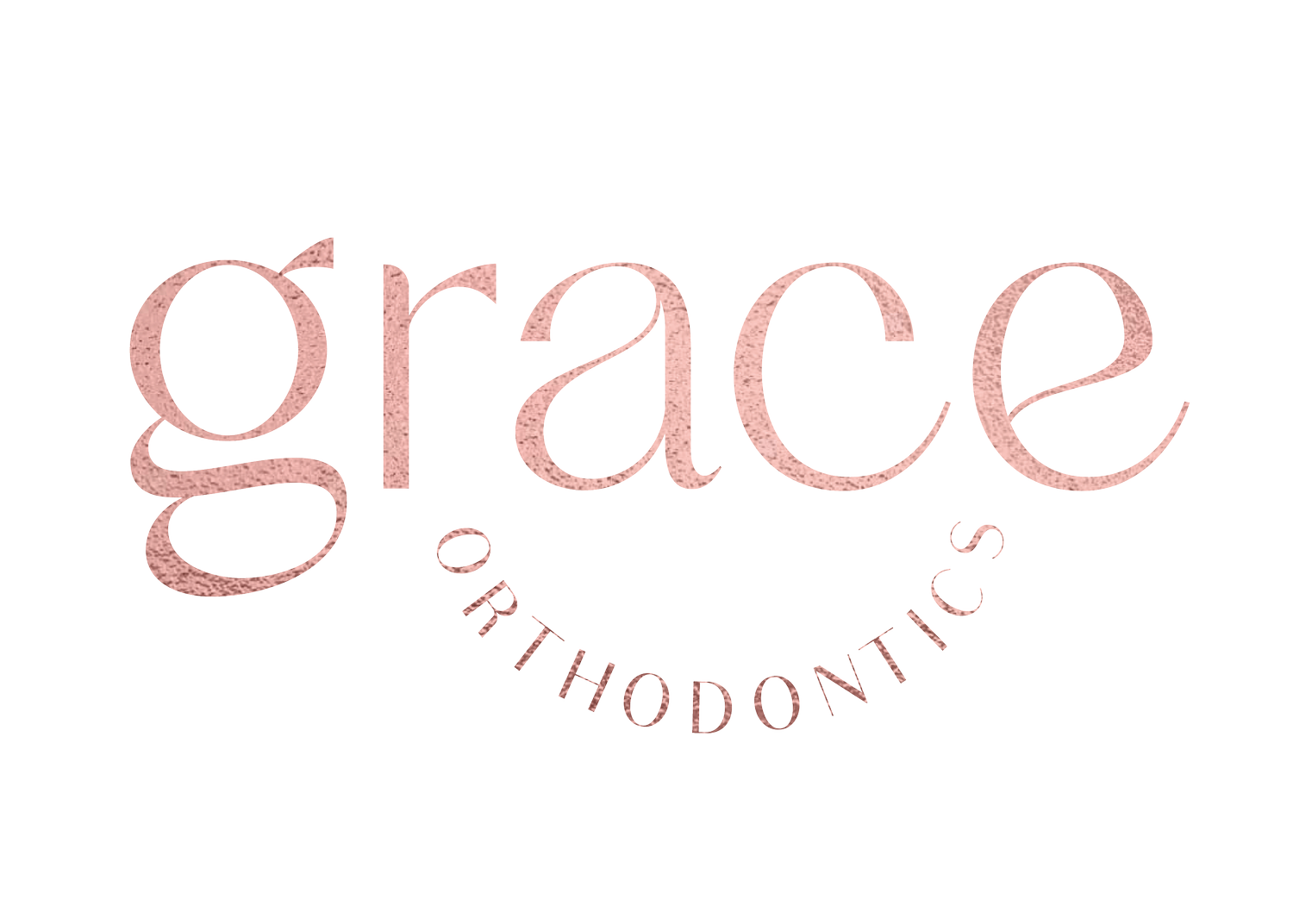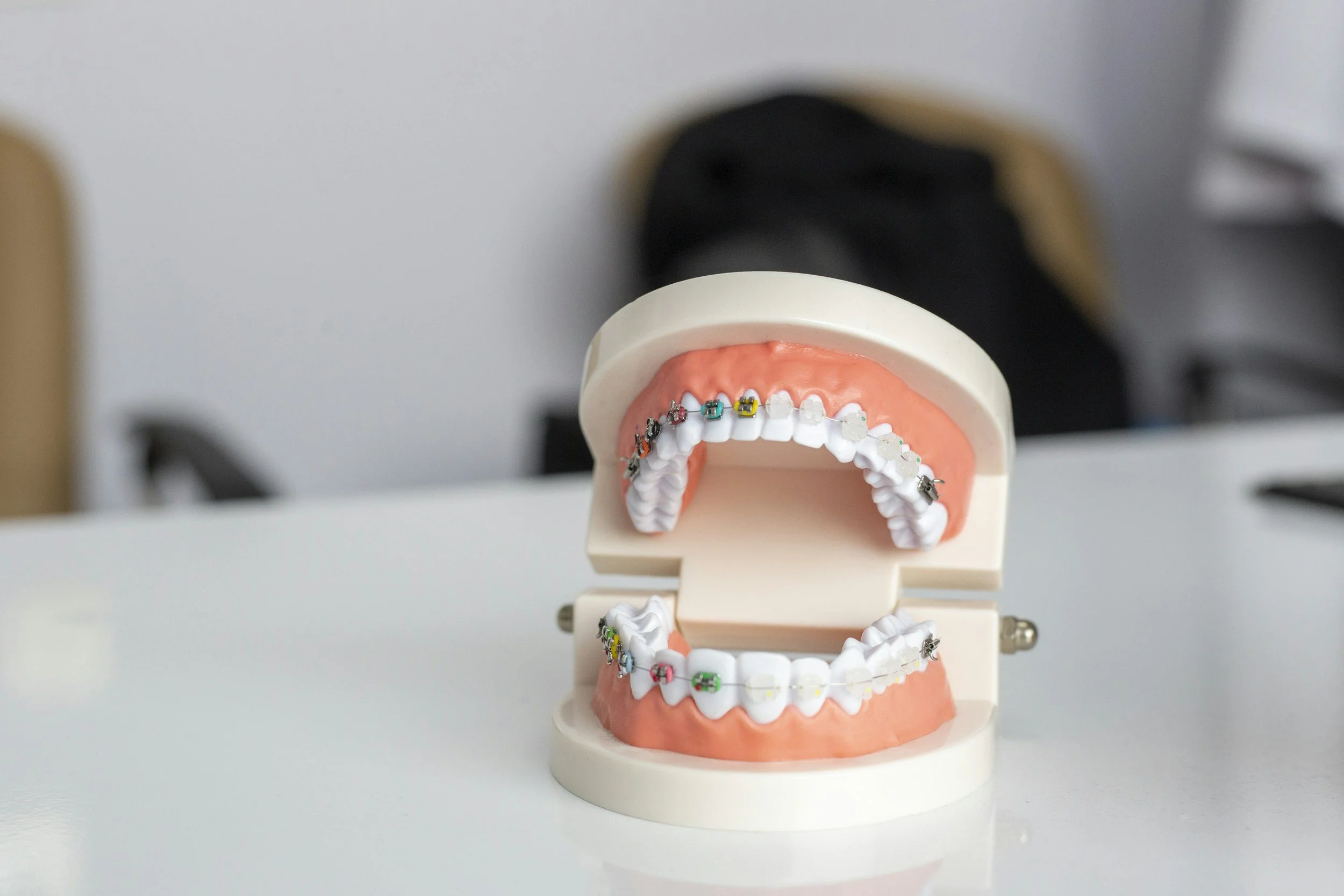Choosing the Best Braces: Comparing Different Types of Braces
Corrective orthodontic treatment has come a long, long way. Once a rite of passage (think back to those middle school years with metal brackets and bright bands), modern options are sleeker, more effective, and often a bit more subtle.
Whether you’re looking for discreet adjustments or a significant correction, understanding the different types of braces can help you find the perfect fit.
So, which is right for you, and where do you start? In this orthodontic treatment comparison, we’ll break down traditional braces, ceramic braces, lingual braces, and clear aligners—exploring their pros and cons.
Why Braces? Think Bigger Than Just a Straight Smile
The cosmetic improvements are definitely a plus - everyone wants a confident smile. But the benefits actually go much deeper, including:
Better Oral Health: Crowded or misaligned teeth are harder to clean, increasing the risk of cavities and gum disease.
Improved Bite Function: Correcting bite issues can prevent jaw pain, excessive wear on teeth, and even headaches.
Enhanced Confidence: A well-aligned smile can boost self-esteem and make everyday interactions that much more comfortable.
With these benefits as the larger context, let’s compare today’s top orthodontic treatments.
Comparing Different Types of Braces
1. Traditional Metal Braces
Metal braces are the most recognizable and time-tested orthodontic treatment. You know the ones! Using brackets and wires, they gradually move teeth into position.
✅ Pros:
Effective for all types of misalignment, including severe cases.
Often the fastest option for complex orthodontic needs.
Typically the most affordable choice.
❌ Cons:
Highly visible, which some adults and teens may not prefer.
Dietary restrictions (avoid sticky, hard, or chewy foods).
Can cause minor irritation to lips and cheeks.
Best for: Patients needing major corrections or those looking for a budget-friendly option without aesthetic concerns.
2. Ceramic Braces
This option might be less familiar to you. Ceramic braces work much like metal braces but use tooth-colored (or clear) brackets, making them less noticeable.
✅ Pros:
Less visible than metal braces.
Effective for moderate to severe cases.
❌ Cons:
More prone to staining if not properly maintained.
Can be more expensive than metal braces.
Brackets are slightly larger, which may cause some discomfort.
Best for: Patients who need significant correction but want a more discreet option than metal braces.
3. Lingual Braces
Lingual braces are metal braces placed on the back of the teeth, making them virtually invisible from the front.
✅ Pros:
Completely hidden from view.
Can handle complex cases like traditional braces.
❌ Cons:
More expensive than standard braces.
Can affect speech initially.
Harder to clean and adjust.
Best for: Individuals who need traditional braces but want them to be completely hidden.
4. Clear Aligners (Invisible Braces) – Invisalign
Invisalign has become a household name, leading the way in the clear aligner industry. And for good reason! These options transformed orthodontics by offering a nearly invisible, convenient alternative to braces. Instead of brackets and wires, patients wear a series of custom-fit plastic aligners that gradually move teeth into place.
✅ Pros:
Discreet: Aligners are clear, making them nearly invisible.
Removable: No food restrictions—eat what you want.
Comfortable: Smooth plastic means no irritation from brackets or wires.
Easier Oral Hygiene: No special flossing tools needed.
❌ Cons:
Requires discipline—aligners must be worn 20–22 hours per day.
Best for: Adults and teens who want an effective, comfortable, and nearly invisible orthodontic treatment.
How To Choose the Best Corrective Orthodontic Treatment for Your Needs
It’s decision time! Every need is different, and choosing the right option for you can depend on several factors:
✔ Aesthetics: If visibility is a concern, clear aligners or lingual braces offer a discreet alternative.
✔ Complexity of Correction: Traditional braces remain the go-to for severe alignment issues, but it’s important to note that clear aligners can also handle complex cases if you’re working with an experienced orthodontist.
✔ Lifestyle & Comfort: Clear aligners provide flexibility for eating and oral hygiene, whereas traditional braces require more care and adjustments.
✔ Cost Considerations: Metal braces tend to be the most affordable, while lingual braces and Invisalign may be higher depending on your insurance and local orthodontic office.
All of these options can successfully straighten teeth, but Invisalign clear aligners stand out for their unique combination of effectiveness, comfort, and discrete look. For many patients, they offer the best of both worlds: the power of orthodontic treatment without the hassle of traditional braces.
Are You Ready to Find an “Orthodontist Near Me”?
The success of your treatment is directly tied to the skill and experience of your orthodontist. The approach, the adjustments, the ongoing care… They all work together to provide the best results possible.
An experienced provider will:
Conduct a comprehensive evaluation to determine the best treatment for your needs.
Offer customized treatment plans based on your alignment goals and lifestyle.
Provide expert guidance on how to compare invisible braces with other options.
If you’re looking for an experienced Invisalign provider in particular, you may want to read this article: Understanding Invisalign® Provider Levels: From Bronze to Diamond Plus. You might also enjoy this resource: Invisalign® vs. Traditional Braces: Which is Right for You?
If you have more questions, please feel free to contact us at Grace Orthodontics, serving Fort Lee, Edgewater, Cliffside Park, and surrounding areas in Bergen County, NJ.
We’d love to speak with you.









